Salesforce shares its top tips for building personal connections with customers, and how it can improve loyalty and sales for retailers.
Like most people I have a few go-to brands that I always like to buy from. But what puts them at the top of my list? For me, I have to admit that it’s not completely rational. My preferences are based on my emotions.
These brands have made me feel good at particular times in my life and created a positive, memorable impact: the bank that sent me discount vouchers the week before pay day; or the clothing shop that emailed me to say they had my usual jeans in a new colour, before they went on general sale.
“85% of consumers buy from companies they have strong emotional connections with, and are likely to spend more because of that connection”
I’m not alone feeling this. Analyst firm Forrester, for one, found that 85% of consumers buy from companies they have strong emotional connections with, and are likely to spend more because of that connection.
So, it stands to reason that most retailers are looking to increase the emotional quotient of their customer relationships, in order to improve loyalty and sales. But how?
Here are my top tips for building those personal connections with your customers:
1. Right place, right time
Imagine the scenario: you’re waiting at home to take delivery of a new wardrobe, but it’s late and the delivery slot you’ve been given has come and gone. Suddenly your phone buzzes and you’re delighted to see it’s a message from the furniture company.
Imagine your frustration when it isn’t about your delivery but instead says: “We hope you’re delighted with your newly arrived wardrobe. Here’s 25% off a matching chest-of-drawers.”
Context and timing are everything. While this might have been a personal message, inappropriate timing can destroy any emotional bond you might be on the way to building.
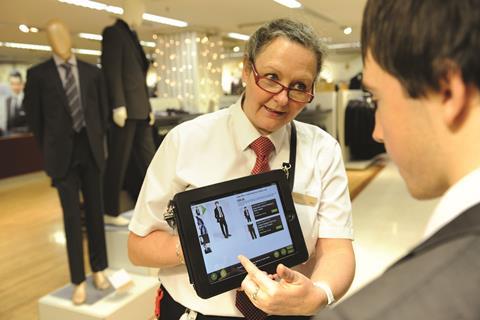
Making sure your communications match-up with the context of a customer’s experience with your brand ensures that the ‘surprise and delight’ you deliver is just that: a delight. Technology-based tools such as Salesforce Marketing Cloud’s Journey Builder can help transform these possible brand turn-offs into an opportunity.
These tools help marketers create unified customer experiences across a variety of channels, including the web, social, email, apps, and so forth, with each step triggered by the customer’s actions. It also enables retailers to quickly and easily track campaign messages and customer responses to them, helping retailers adapt to changing priorities in their customers’ worlds.
2. A single view of the customer
But in order to know when the right place and time for your communication is, you need to have a complete picture of customer behaviour at your fingertips. This relies on having a single, searchable record that contains details of each customer’s interactions across all touchpoints, and all their personal details. Critically, it also needs to be shared across departments – service, sales and marketing – to make sure that all teams can use the data to enhance to the customer experience at every touchpoint.
And it seems like many of today’s consumers expect this. Research commissioned by Salesforce last year shows that about one-third (32%) of high street shoppers now expect the stores they visit to know what prior research they’ve done on the retailers’ websites and apps – including their wishlists, any abandoned carts, and their related social media activity – so they can receive better service.
By giving in-store associates access to all the information they could possibly need at their fingertips – via apps on mobile devices – retailers can build relationships with customers as soon as they walk in the door offering relevant, personalised advice.
“By giving in-store associates access to all the information they could possibly need at their fingertips retailers can build relationships with customers as soon as they walk in the door”
Aside from supporting customer loyalty, having this panoramic view of the customer can open up new, lucrative sales opportunities for retailers.
The Chapar, a personal styling service for men, is a shining example of a retail brand that is using a single customer view to deliver a personalised experience. Customers sign up online, receive a consultation and are sent a ‘trunk’ of clothes that match their preferences. They keep what they like and return, free of charge, what they don’t. Information on what is kept and what isn’t is automatically recorded against the customer, along with other pertinent details.
This means that each time an order is made, the team is able to make it more personal. They fine-tune the trunk contents based on the insights recorded in the single customer record. And it works: the company has seen its ‘trunk’ retention rate increase by 25% since it was founded in 2012, and its customer base is doubling every three months.
3. Empower your team to be proactive
Having this data on your customer only takes you part way to making that emotional connection. You still need to ensure workers across the business, armed with these timely, actionable insights, are empowered to go one step further to react quickly and, in some cases, even anticipate the needs of the customer. Retailers getting this right are able to create a relationship that is truly valued by their customers.
“If a customer tweets about under-ripe bananas, the tweet is automatically added to the single record that the customer service team has access to, and flagged”
Co-operative Food, the UK’s fifth largest food retailer, is an example of a brand doing just this. Using Salesforce, the customer service team now has a 360° view of its customers that captures all activity across all touchpoints, enabling them to provide a better customer experience.
For example, if a customer tweets about under-ripe bananas or a product that is no longer stocked in a particular store, the tweet is automatically added to the single record that the customer service team has access to, and flagged. The team is then able to respond directly to the customer on the appropriate channel, be that Twitter, phone, email, etc. The combination of data, a holistic insight and the immediacy of the team’s actions is truly helping them to build a more personal, emotional connection with customers, ultimately leading to increased sales and growth.
Technology – both in store and online – has the power to transform retailers’ relationships with customers. Retailers today are in the fortunate position of being able to take advantage of the data they can glean from customer interactions across all channels to build deeper, more personal and relevant customer connections that create those sought-after emotional connections. What’s more, technology really can create a virtuous circle: the more customers engage, the better retailers can get to know them and anticipate their needs.
Gavin Mee, senior area vice president, UKI at Salesforce






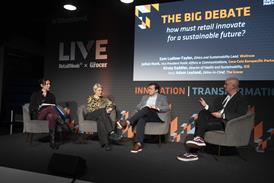

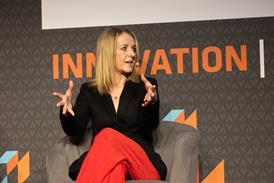












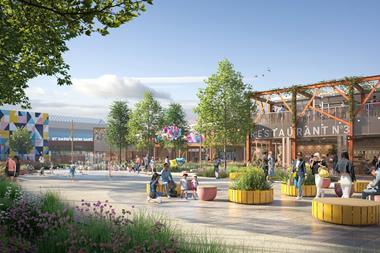
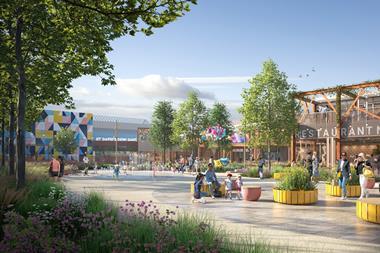



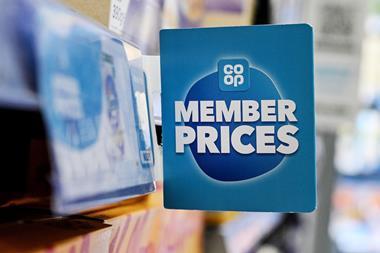
1 Reader's comment